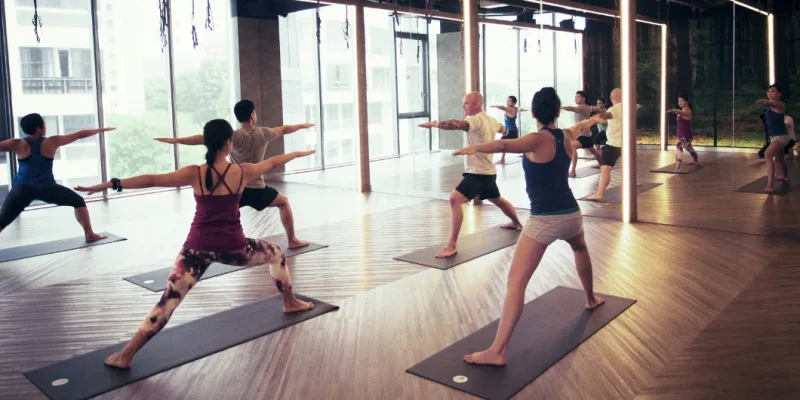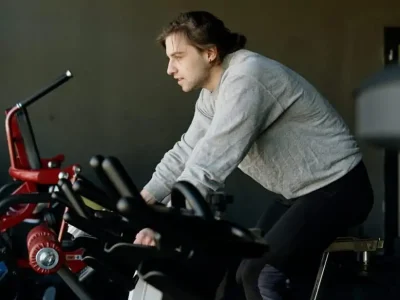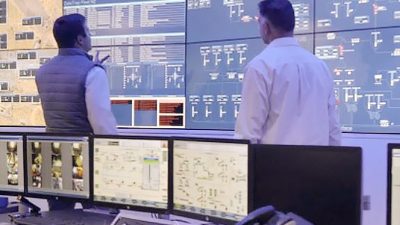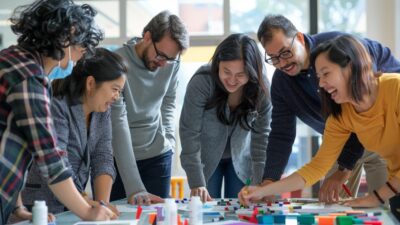
Ageing gracefully is about more than avoiding illness — it’s about staying active, independent, and confident in daily life. In Singapore, where life expectancy continues to rise, older adults are seeking ways to maintain mobility, bone density, and mental clarity well into their 60s and 70s. One of the most effective strategies is to join structured fitness classes Singapore that are specifically designed to promote active ageing.
This article explores how fitness classes help older adults maintain bone strength, balance, and cognitive sharpness, while offering safe and enjoyable pathways to long-term health.
Why Active Ageing Matters in Singapore
With an ageing population, Singapore has prioritised active ageing through health policies, community programmes, and fitness initiatives. For individuals, active ageing means:
-
Maintaining strength and mobility for independence.
-
Preventing falls through balance and coordination training.
-
Preserving brain health through movement, focus, and learning.
-
Staying socially connected by joining group-based activities.
True Fitness offers a wide range of classes such as BodyBalance, Yogalates, SHAPES, FLEX, Gentle Yoga, and Pilates, which are suitable for adults who want to age actively and confidently.
The Three Pillars of Active Ageing
1. Balance
Falls are a leading cause of injuries in older adults. Improving stability through functional exercises and balance training reduces risks. Classes such as BodyBalance and Yogalates combine controlled movements and core stability to strengthen balance systems.
2. Bone Health
Bone density declines with age, particularly in post-menopausal women. Resistance-based training is proven to slow or reverse bone loss. SHAPES and Sculpt Conditioning are excellent low-impact strength options that strengthen muscles and bones without excessive strain.
3. Brain Health
Mental sharpness declines without stimulation. Fitness classes that combine movement with focus — such as Barre, BodyBalance, and Pilates — stimulate both body and brain, keeping cognitive function sharp while improving coordination.
Why Fitness Classes Are Better Than Solo Training for Seniors
Exercising alone may be convenient, but older adults benefit more from structured group classes because:
-
Professional instruction reduces injury risks.
-
Adaptations can be provided for different abilities.
-
Social interaction combats isolation and encourages consistency.
-
Variety of formats ensures overall health benefits, not just fitness in one area.
This makes classes at fitness centres a safer, more motivating, and more effective choice for seniors.
Recommended Classes for Active Ageing
BodyBalance
A blend of Tai Chi, Pilates, and Yoga, BodyBalance enhances flexibility, posture, and mental calm. It is gentle yet effective in improving balance and coordination.
Yogalates
Combining the benefits of yoga and Pilates, Yogalates builds core strength while enhancing mobility and focus. It is particularly effective for fall prevention.
SHAPES
This low-impact strength programme builds bone density, muscle tone, and postural endurance, which are vital for independence in daily life.
FLEX
Designed to improve joint mobility, FLEX relieves stiffness and maintains range of motion. This class is perfect for older adults managing arthritis or chronic tightness.
Gentle Yoga
A calming class that focuses on breathing, flexibility, and mindfulness. It reduces stress, improves circulation, and supports overall vitality.
A Sample Weekly Active Ageing Routine
Here’s a balanced routine older adults in Singapore can follow:
-
Monday: BodyBalance for posture and coordination.
-
Tuesday: SHAPES for bone density and muscular strength.
-
Wednesday: FLEX to maintain joint mobility.
-
Thursday: Yogalates for core stability and balance.
-
Friday: Gentle Yoga for relaxation and stress relief.
-
Saturday: Optional Sculpt Conditioning for additional strength.
-
Sunday: Rest or light walking outdoors.
This schedule alternates intensity, focuses on all three pillars, and promotes recovery.
Addressing Age-Specific Concerns
Joint Pain
Low-impact formats like FLEX, Gentle Yoga, and BodyBalance are safe for those with arthritis or knee issues.
Osteoporosis
Strength classes such as SHAPES and Sculpt Conditioning promote bone health through controlled resistance training.
Memory and Focus
Movement-based classes that require coordination, like Barre and Yogalates, improve neuroplasticity and memory retention.
Energy Levels
Older adults often struggle with fatigue. Moderate-intensity classes enhance stamina without draining energy reserves.
Long-Term Benefits of Active Ageing Through Classes
Regular participation in fitness classes leads to measurable health improvements:
-
Reduced fall risk from improved balance.
-
Slower bone loss and reduced risk of fractures.
-
Enhanced cognitive health with sharper memory and focus.
-
Greater independence in daily living.
-
Improved mood from social interaction and reduced isolation.
Fitness classes not only add years to life but also add life to years.
How True Fitness Supports Active Ageing
True Fitness provides a supportive environment for older adults with its variety of classes and professional instructors. Classes are designed with modifications, so seniors of all fitness levels can participate safely. Instructors guide form, encourage gradual progress, and foster a welcoming community, ensuring that active ageing is enjoyable and sustainable.
The structured timetable allows flexibility, enabling older adults to attend classes at convenient times while still balancing family and social commitments.
FAQ: Active Ageing and Fitness Classes in Singapore
Q1. Are fitness classes safe for people over 60?
Yes, classes like Gentle Yoga, BodyBalance, FLEX, and SHAPES are designed with safety in mind. Always inform instructors of any medical conditions.
Q2. How many classes per week are recommended for seniors?
Three to five sessions weekly, balancing strength, mobility, and recovery, provide optimal benefits without overexertion.
Q3. Can strength training help with osteoporosis?
Yes. Resistance classes such as SHAPES and Sculpt Conditioning stimulate bone density, making them highly beneficial for osteoporosis management.
Q4. Which class is best for improving balance to prevent falls?
BodyBalance and Yogalates are excellent for core stability and coordination, directly reducing fall risk.
Q5. Is it normal to feel sore after starting classes?
Mild soreness is expected, especially at the beginning. It indicates the body is adapting. Recovery classes like Gentle Yoga can ease discomfort.
Q6. Can fitness classes improve memory and focus?
Yes. Classes that involve movement patterns and concentration, such as Barre, BodyBalance, and Pilates, help stimulate brain function.
Q7. Are high-intensity classes suitable for older adults?
Not immediately. It’s best to start with moderate formats, and if cleared by a doctor, seniors can gradually progress to higher-intensity classes.
Q8. What if I have chronic conditions like diabetes or hypertension?
Fitness classes can be adapted. Instructors provide modifications, and regular participation supports better blood sugar, circulation, and overall health.
Q9. Do I need prior experience before joining?
No. Beginner-friendly options are available, and instructors guide participants step by step. The focus is on safe progression, not competition.











